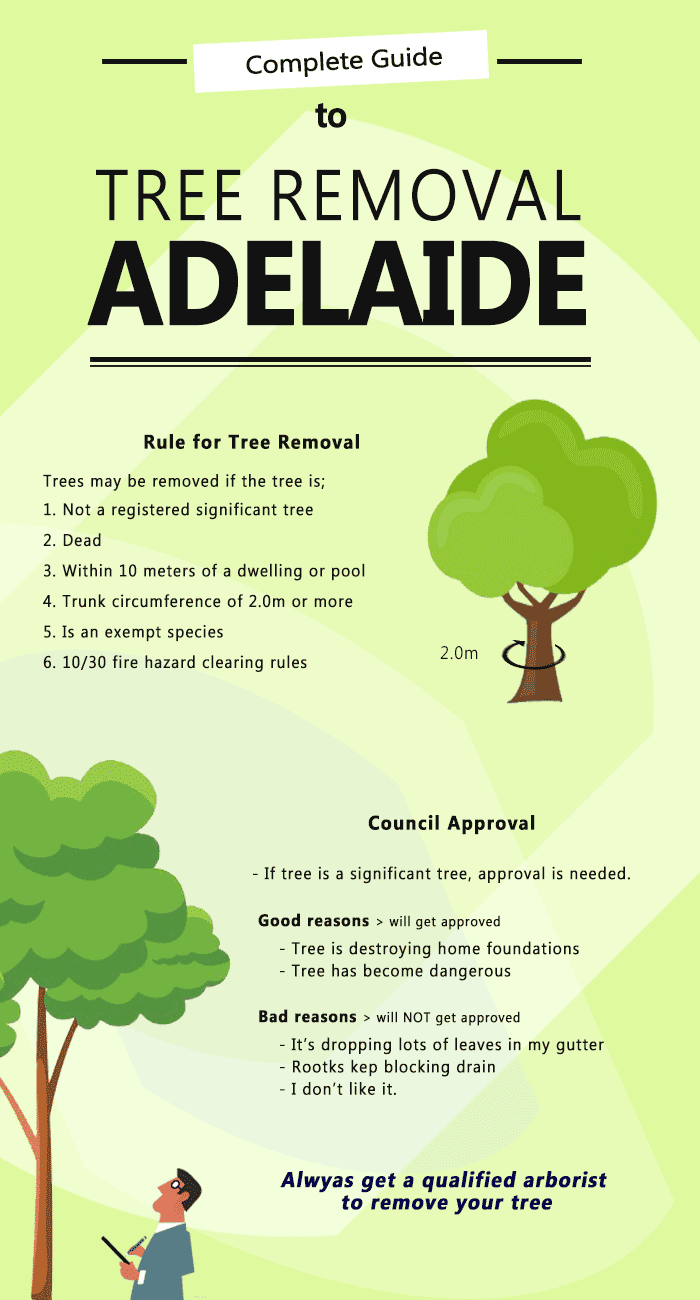Seasonal Tree Trimming: When And How To Trim For Ideal Growth
Seasonal Tree Trimming: When And How To Trim For Ideal Growth
Blog Article
Content Create By-Carlsson Gustavsen
When it involves seasonal tree trimming, timing and technique are essential for your trees' health and wellness and growth. You may be surprised at how much an easy cut can urge new life. Understanding when to prune inactive trees versus flowering ones can make all the difference. But it's not just about when; it's additionally regarding just how you do it. Allow's explore https://deanmxgpw.p2blogs.com/34104073/master-the-art-of-tree-cutting-with-vital-devices-and-timing-suggestions-that-will-certainly-leave-your-trees-thriving-uncover-the-keys-to-reliable-pruning-today to guarantee your trees grow.
Recognizing the most effective Seasons for Tree Trimming
When's the very best time to cut your trees? The answer depends on recognizing the seasons. Late winter season to early spring is commonly perfect, as trees are still dormant. This timing minimizes tension and promotes much healthier growth when they awaken.
Nevertheless, if you're managing blooming trees, think about cutting right after their blooms fade. This guarantees you will not cut off next year's flowers.
In summer, light cutting can aid maintain shape and get rid of any kind of dead or diseased branches. Prevent hefty trimming throughout fall, as trees are preparing for inactivity and might battle to heal.
Eventually, recognizing your tree types and local environment will certainly guide your cutting timetable. Select intelligently, and your trees will certainly grow perfectly year-round.
Vital Pruning Techniques for Healthy And Balanced Trees
Trimming your trees properly is vital for their wellness and longevity. Begin by utilizing tidy, sharp tools to make specific cuts, which helps avoid damage and illness.
Focus on getting rid of dead, damaged, or crossing branches initially; this motivates far better airflow and sunshine penetration. When reducing, aim for an angle that promotes recovery and reduces the risk of rot. Constantly prune just outside the branch collar, the swollen area where the branch satisfies the trunk, to enhance recovery.
For young trees, shape them by uniquely pruning to develop a solid framework. Finally, avoid over-pruning; eliminating way too much foliage can emphasize your tree.
Common Mistakes to Avoid When Pruning
Lots of homeowners make critical errors while trimming their trees, which can lead to long-term damage.
One typical error is over-pruning, where you remove a lot of branches at once. https://keeganihbwq.theideasblog.com/35777703/appropriately-trimming-trees-is-necessary-for-a-lively-landscape-but-are-you-making-these-normal-mistakes-that-could-restrict-your-success can worry the tree and impede its growth.
Another mistake is using boring tools; sharp, tidy tools make cleaner cuts that recover quicker.
Don't forget to prune at the incorrect season; winter months is often best for numerous types, while summer is excellent for others.
Additionally, prevent cutting branches as well close to the trunk or leaving stubs, as both can welcome bugs and conditions.
Lastly, stopping working to go back and examine the tree's total form can cause uneven development.
Keep these mistakes in mind for healthier, growing trees!
Verdict
Finally, seasonal tree trimming is important for your trees' wellness and growth. By trimming at the correct times-- late wintertime for dormant trees and right after flowers for blooming varieties-- you'll motivate dynamic vegetation and blooms. https://www.realtor.com/advice/home-improvement/backyard-renovation-cost/ in mind to use tidy, sharp tools and follow correct techniques to prevent damage. Avoid heavy pruning in the fall and stay clear of typical errors. With these pointers in mind, you'll keep your trees thriving all the time!
